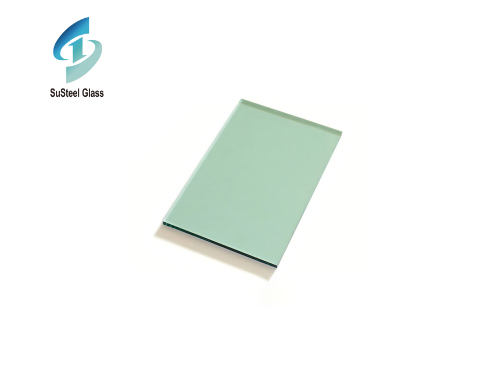
The optical uniformity of optical glass refers to the inconsistency of refractive index of each point in the same glass, which is caused by the uneven temperature in the annealing furnace. When light passes through a piece of glass with uneven refractive index, it will cause irregular changes in each part of the optical range, which will affect the imaging quality of the optical system and thus affect the visual sensory effect of human.
In the introduction of the application of optical glass products, according to the size of the glass, to be expressed in different ways. When the glass diameter or side length is less than 150mm, the optical uniformity of colorless optical glass blank is expressed by the ratio method of resolution. The optical uniformity of colorless optical glass with diameter or side length of 150mm~300mm (called bulk optical glass) is expressed by the maximum difference of refractive index between different parts of a piece of glass.
The internal stress of optical glass refers to the stress caused by the uneven temperature during annealing. The harm is as follows:
(1) When the stress is large, it is easy to cause the glass cracking in the process of optical processing; Even when the stress is low, it is easy to make the aperture deteriorate.
(2) produce a similar effect to stray light, resulting in the deterioration of image quality.
(3) The uneven distribution of stress leads to the uneven refractive index, which causes the deformation of the light wave surface after passing through the glass, and the image quality will deteriorate.
The stress of optical glass is divided into middle stress and edge stress. According to the regulations, a small piece of glass to check the stress in the middle; Large pieces of glass (diameter more than 150mm and weight more than 3kg) should be tested for stress at the edges as well as at the middle.
 High Purity Tin Ingot: Essential Uses and Key Advantages
High Purity Tin Ingot: Essential Uses and Key Advantages
 Burglar-Resistant Glass: Enhancing Security and Peace of Mind
Burglar-Resistant Glass: Enhancing Security and Peace of Mind
 Exploring the World of Green Tinted Glass Products: Versatility and Sustainability
Exploring the World of Green Tinted Glass Products: Versatility and Sustainability


